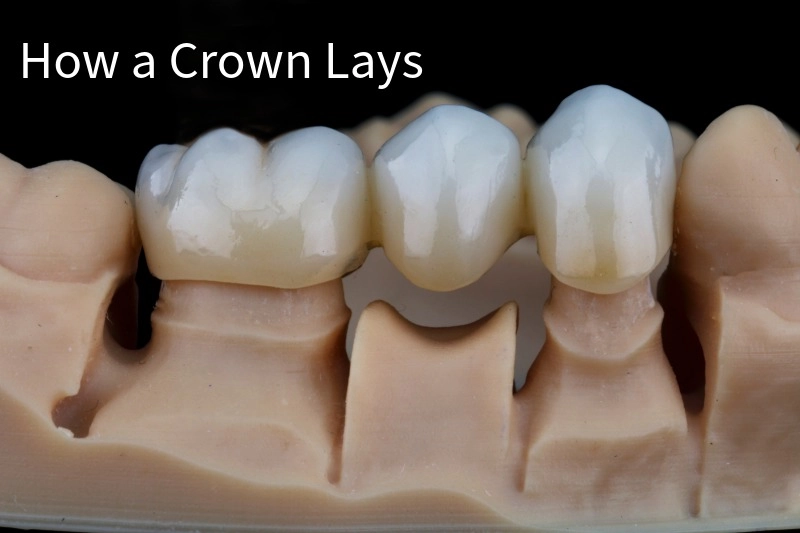- posted by : JenniferV
- Dental Crowns
- Comments Off on How Are Dental Crowns Made?
How Are Dental Crowns Made?
If your tooth is cracked, heavily filled, or has had a root canal, a dental crown (a custom cap covering the tooth above the gumline) can restore strength, shape, and function. Common reasons include protecting a weak/broken tooth, covering an implant, or improving appearance. MedlinePlus
At Milpitas Dental Group (1771 N Milpitas Blvd), patients from Milpitas, San Jose, Fremont, Union City, Mountain View, Sunnyvale, and Alviso choose crowns for durable, natural-looking results—minutes from Great Mall & the Milpitas Transit Center (BART).
The crown process: what actually happens
1) Numbing & tooth preparation (Visit 1)
We make you comfortable with local anesthetic, remove any decay/old materials, and shape the tooth so a crown will fit and seal properly. Most traditional crowns involve two visits with a temporary in between.
2) Impression or digital scan
We take a mold or use a digital scanner to capture a precise 3D model of your tooth and bite. Digital data can guide in-office milling for same-day crowns when appropriate. Cochrane
3) Temporary crown
You’ll leave Visit 1 with a temporary to protect the tooth; avoid very sticky or hard foods and chew on the other side until the final is placed.
4) Fabrication: lab-made or same-day
- Lab-made: Our partner lab crafts the crown from your model; we seat it at Visit 2.
5) Try-in, bite check, cementation (Visit 2)
We verify fit and contacts, check your bite with articulating paper, make fine adjustments, and permanently cement the crown.
Crown materials (and when we use them)
Common choices include all-ceramic/porcelain, zirconia, porcelain-fused-to-metal, and full metal (e.g., gold). California patients receive the Dental Materials Fact Sheet to support an informed, shared decision. dbc.ca.gov

How long do crowns last?
Longevity varies by material, bite forces (grinding), and home care. Large systematic reviews of single-tooth crowns report high survival over 5–10+ years across metal-ceramic and all-ceramic options, with complications influenced by tooth vitality and habits like bruxism. access.archive-ouverte.unige.ch
Aftercare tips (first 24–48 hours)
- Until numbness fades, chew on the opposite side and avoid scalding drinks.
- With a temporary, avoid sticky/hard foods and slide floss out gently.
- Call if your bite feels “high” or anything feels loose. (General two-visit timeline and care align with MedlinePlus.)
Insurance & payment basics
Many PPO plans classify crowns as a major service with coverage that varies by plan and annual maximum; HSAs/FSAs can help with out-of-pocket costs. (We’ll run a benefits check for your specific plan.)
Local notes for Bay Area patients
- Easy access: Near 880/237, minutes from Great Mall & Milpitas Transit Center (BART)—good for before-work or lunch visits.
- Neighbor cities served: San Jose, Fremont, Union City, Mountain View, Sunnyvale, Alviso.
FAQs
Does getting a crown hurt?
You’ll be numb; you may feel vibration/pressure but not sharp pain. Mild sensitivity after prep is common and fades. MedlinePlus
Which material is strongest?
Zirconia is typically chosen for high-load areas; porcelain and layered ceramics excel where esthetics matter. The California Dental Materials Fact Sheet helps frame pros/cons. dbc.ca.gov
